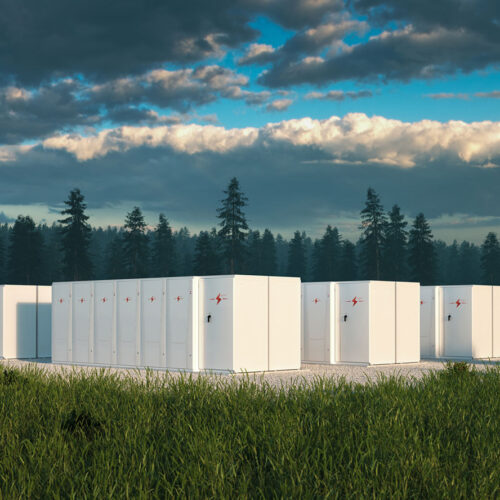
Electricity

Clean Energy 101: How Batteries Can Support Grid Reliability
Grid-scale battery storage can beat traditional technologies in keeping our electric grid running in the face of rising demand.

Building a Brighter Future by Changing Utility Incentives
Comprehensive performance-based regulation can benefit utilities, customers, and the environment.

What’s the State of Utility Planning Halfway through 2024?
Our most recent review of utility planning finds significant load growth, increases to planned gas capacity, and higher projected emissions for the US electricity sector.

Transition Finance Case Studies: Logan and Chambers — Renegotiate, Refinance, Redevelop
The global power sector's transition from “coal to clean” will be critical to meeting urgent climate targets but must be managed carefully to ensure the transition supports economic development.

Transition Finance Case Studies: ACEN — Project Sale to Special Purpose Vehicle
The global power sector's transition from “coal to clean” will be critical to meeting urgent climate targets but must be managed carefully to ensure the transition supports economic development.